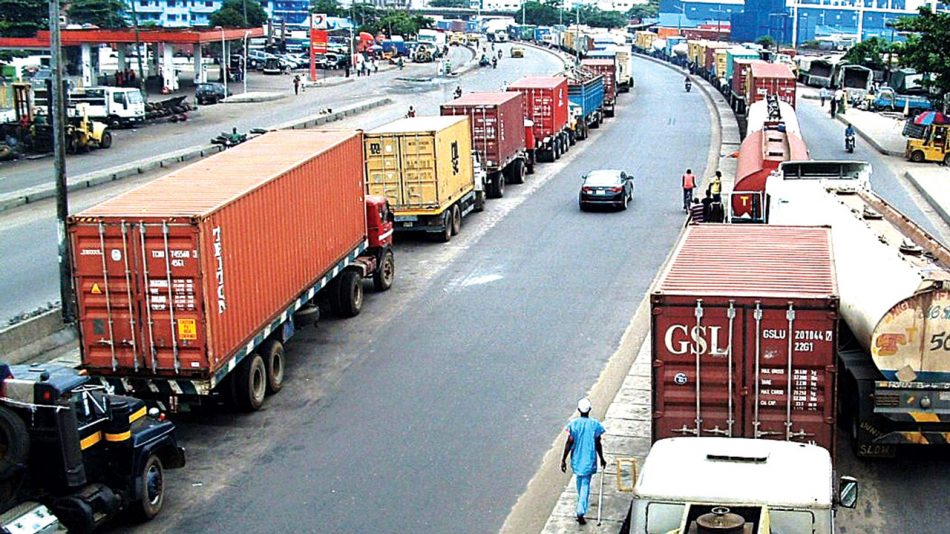The Association of Maritime Truck Owners (AMATO) has expressed strong support for the electronic call-up system introduced by the Nigerian Ports Authority (NPA), describing it as a groundbreaking solution to the perennial traffic congestion that once crippled movement around the Apapa and Tin Can Island Port corridors in Lagos.
In a statement issued after a peaceful solidarity rally held in Apapa, the Secretary-General of AMATO, Alhaji Mohamed Sani-Bala, commended the NPA for implementing what he termed a transformative logistics solution. According to him, the e-call-up system, popularly referred to as the Eto platform, has brought a new level of sanity, efficiency, and transparency to port operations in Nigeria, especially in Lagos where port access roads were historically known for chaos and gridlock.
“The deployment of the Eto Call-Up System is not just about technology; it is a landmark achievement that has revolutionised port access and truck scheduling in Nigeria. For decades, the logistics corridors of Apapa and Tin Can were synonymous with disorder, extortion, and unimaginable delays. Today, with the automation of truck movement, sanity has returned,” Sani-Bala stated.
He revealed that prior to the system’s introduction, truckers faced extortion under a discredited manual regime, where access tags were reportedly sold for between N250,000 and N300,000, often without any guarantee of progress. “Truckers had to queue physically for days, sometimes weeks, with many sleeping in their vehicles or collapsing from exhaustion behind the wheels. It was a disgraceful chapter in our maritime logistics history,” he recalled.
Sani-Bala noted that with the Eto system, truckers can now book slots for port entry from any location, at a flat fee of N21,500. He stressed that the process has eliminated middlemen, corruption, and human interference, allowing for a more seamless and transparent movement of goods in and out of the ports. He added that this has directly contributed to improved turnaround times, increased business efficiency, and even rising property values in Apapa and surrounding areas.
“Apapa was becoming a ghost town, but today it is vibrant again. Businesses can now operate on schedule. Communities that had nearly collapsed under the weight of traffic congestion are springing back to life. Property values are rising, and the roads are no longer clogged with stranded trucks,” he said.
The AMATO chief also used the opportunity to express appreciation to the Lagos State Government for its role in enforcing compliance with the Standard Operating Procedures that support the system. He emphasised that the synergy between the state and federal authorities has been instrumental in sustaining the gains of the e-call-up platform.
Reacting to recent criticism of the system, Sani-Bala said some detractors were merely attempting to roll back the progress made under the guise of defending truckers’ interests. He alleged that these critics were, in fact, beneficiaries of the former corrupt system, now rendered obsolete by automation.
“It is ironic and frankly shameful that individuals who once charged outrageous fees for truck entry now accuse a transparent, affordable system of being fraudulent. Where was their concern for truckers when extortion was the norm?” he queried.
He urged truckers and all stakeholders in the maritime sector to remain vigilant and united in protecting the progress made through the Eto system. According to him, the fight is not just about technology, but about safeguarding reforms that have restored dignity to truck operations in Nigeria’s busiest port environment.
“The platform has come to stay. It is our collective duty to resist all efforts to sabotage what has been achieved. We must never return to the dark days of confusion and exploitation,” Sani-Bala concluded.
As Nigeria continues to seek reforms that drive economic growth, the success of the electronic call-up system stands as a testament to the potential of digital innovation in solving long-standing infrastructural and administrative bottlenecks.

